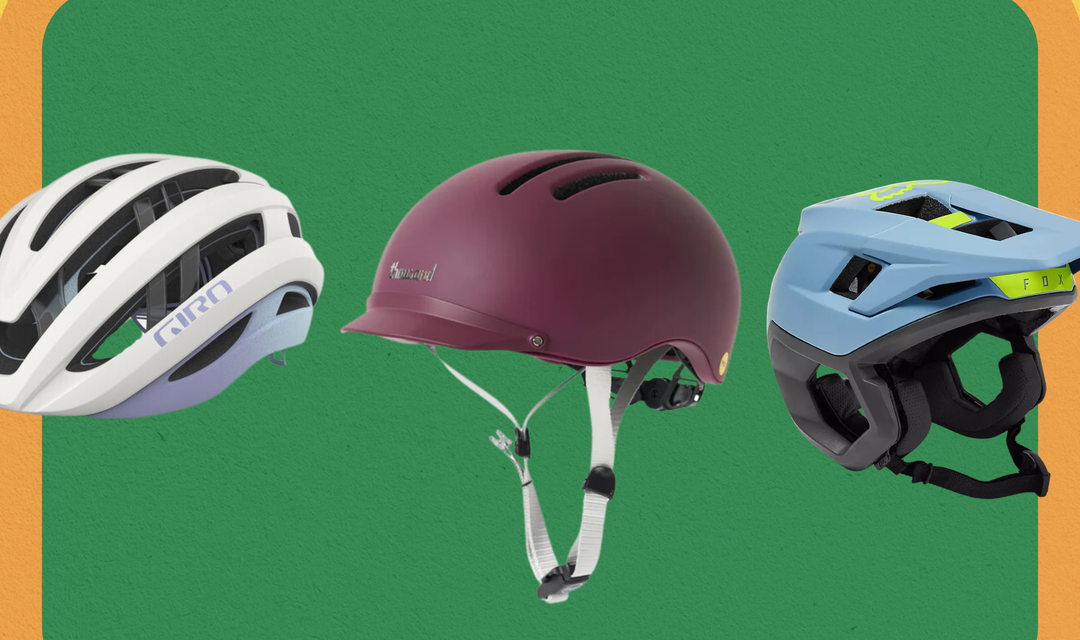It’s no secret how important it is to wear a helmet while riding a bike. There’s plenty of research that shows the safety benefits of them—it’s definitely in your best interest to put one on. “People [who crash] without helmets tend to have more severe injuries,” Steve Broglio, PhD, director of the University of Michigan Concussion Center, tells SELF. In fact, wearing one can help reduce your chances of serious head or facial harm in a wreck. As for how to select your ideal option? That can be a bit less straightforward, so we spoke with safety and cycling experts to get their advice on the best bike helmets out there.
Jump to:
How to choose a bike helmet
In the US, all helmets have to be certified by the Consumer Product Safety Commission (CPSC), which ensures they provide protection against skull fracture. But this doesn’t tell us much about how the helmet performed in testing, just that it passed.
One way to see how helmets stack up against each other—in terms of safety—is to check out the Virginia Tech (VT) Helmet Ratings. The school has been impact-testing head protection since 2011 and rates the effectiveness of sports helmets in reducing concussion risk. They give each piece of gear a numbered score (referred to as the VT impact score), which correlates to the estimated concussion risk—a lower score means less chance of it. Each helmet also gets a coinciding star rating: The smaller the impact number, the better the protection, and the more stars it receives.
It’s also worthwhile to consider additional safety features too. For instance, experts recommend opting for a helmet with Multi-directional Impact Protection System (MIPS) technology, a liner underneath the foam shell of the helmet. This “reduces the amount of rotational forces that are transmitted with impact,” Dr. Broglio says. In other words, it’s an added layer of protection that makes hitting your head during a crash less dangerous.
Once you’ve found a helmet that meets your safety standards and suits your riding style, it’s important to select one that’s the proper size and shape for your head. You should measure the circumference of your head to make sure you’re choosing a correctly sized helmet—a good fit means you shouldn’t have any issues with it staying in place during impact, Alex Jerome, category leader of helmets at Specialized, a California-based bike company, tells SELF. It’s also crucial to consider the shape: If you’ve never worn a helmet from a certain brand before, it’s best to try one on before you buy it to make sure it fits your head (which might be more oval or round shaped). A properly fitted helmet should sit level on your head and low on your forehead and shouldn’t move around once you tighten it.
Keep in mind that even if your bike helmet looks fine after a crash, it’s a one-and-done thing. You can’t always see all the micro-cracks that might happen under the plastic outer shell, Jerome says. “So if you wreck, replace your helmet.”
The best bike helmets
Based on these experts’ criteria and picks, we’ve selected the top helmets across three categories: road biking, mountain biking, and commuting. All of the helmets earned a five-star rating in the VT lab—which is the recommendation for athletes to best reduce concussion risk—and we’ve also noted the specific impact score, for reference.
In addition to their safety features, these road-ready helmets were designed with aerodynamics and ventilation in mind.

